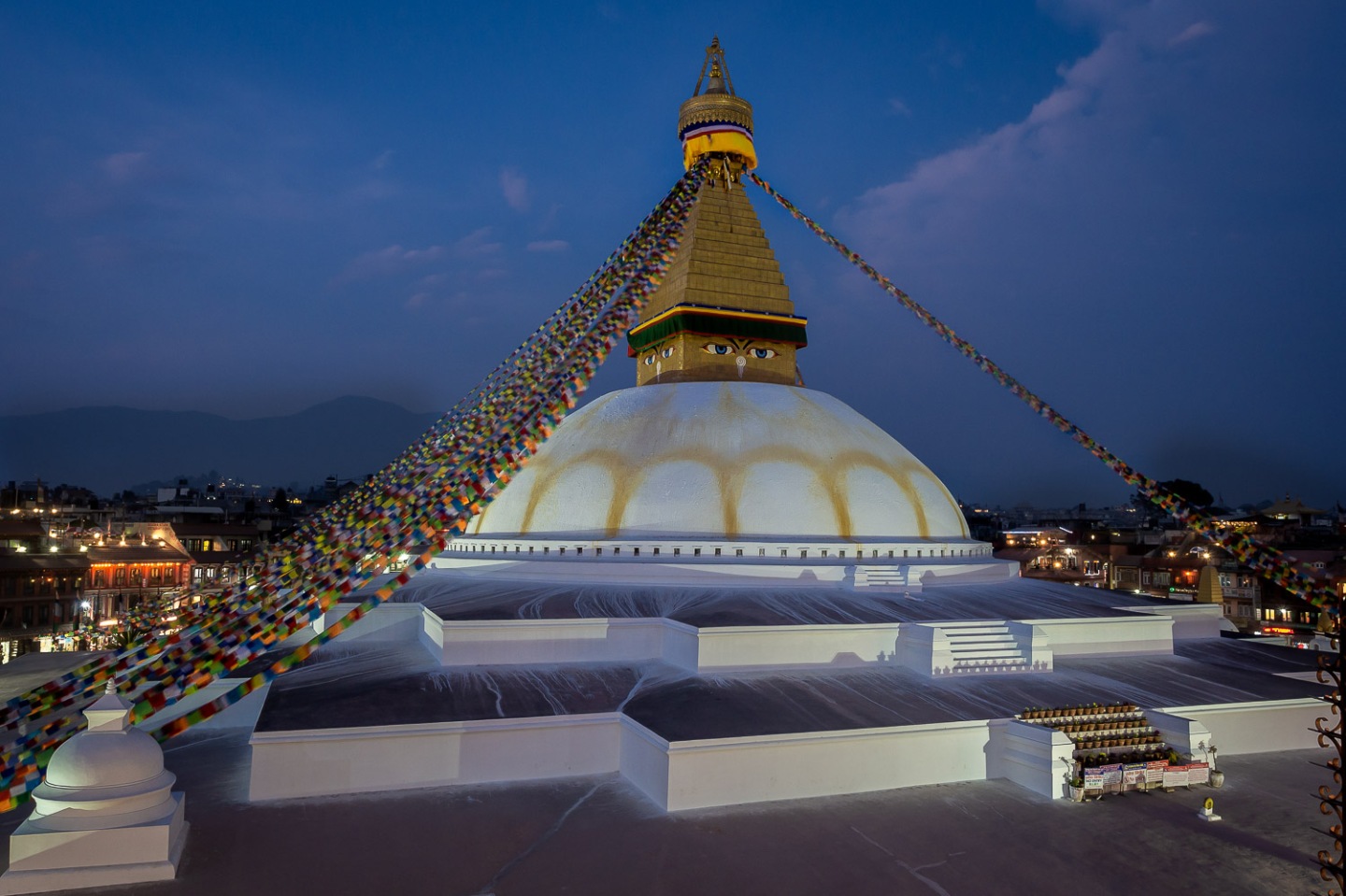We had circulated for over an hour and I was starting to get a little nervous. My fellow passengers too. The cabin was dead silent. I asked the flight attendant as she came running down the aisle. It was too bad weather to land, she said. A guy at the back overheard the conversation: “The airport doesn’t support modern landing systems”, he said. “Pilots must land the plane by hand based on visual sight.” He shook his head.
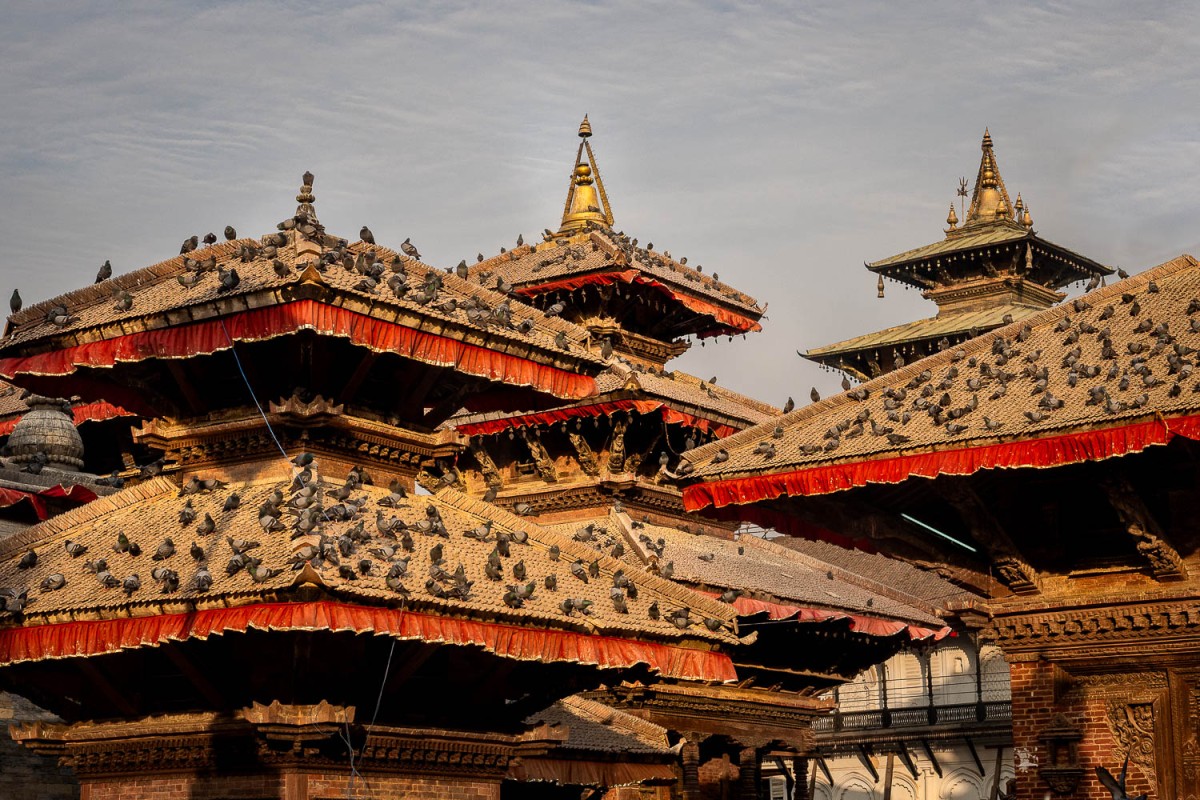
The weather was getting worse. Worst case, we had to land without a clear sight. Or divert to the nearest airport in Bhutan, one of the most hazardous air routes in the world. The pilot did one last try. We tumbled down the runway as the landing gear hit the ground. But we made it! The plane stopped at the gate with a bump. The fuselage vibrated, as if it was shivering from relief. The steward grabbed the microphone: “Welcome to Kathmandu, the capital of Nepal”.
Our plane was the only one that made it to Kathmandu that day. Flights to and from Nepal, Bhutan, and Lhasa often get delayed or cancelled with short notice. Have some extra time if you plan a trip to the Himalayas.
There were no taxis at the airport but we “accidentally” ran into a man who wanted to drive us in his personal car. Should we, really?! Of course we did. It was only one problem. The car didn’t start. “It just need some time”, he said as he twisted a couple of loose cables hanging out from the dashboard. He looked at me with a grin. The car started.
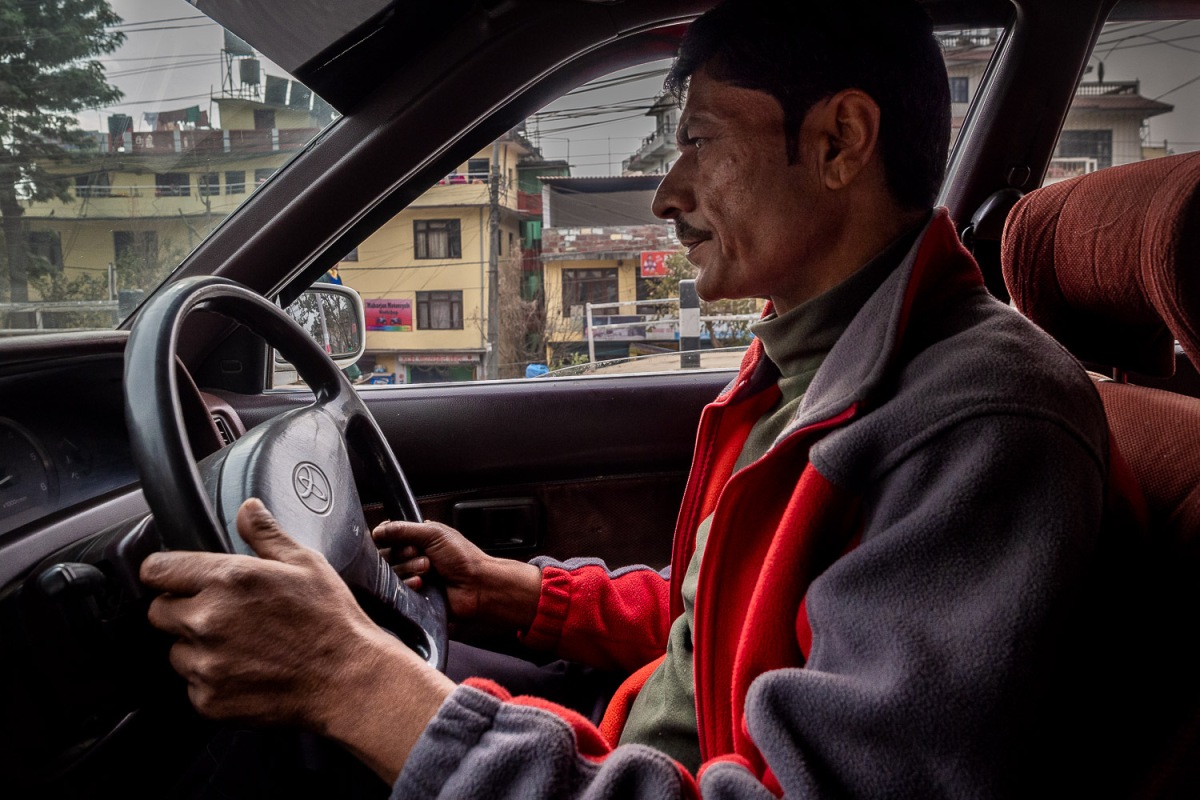
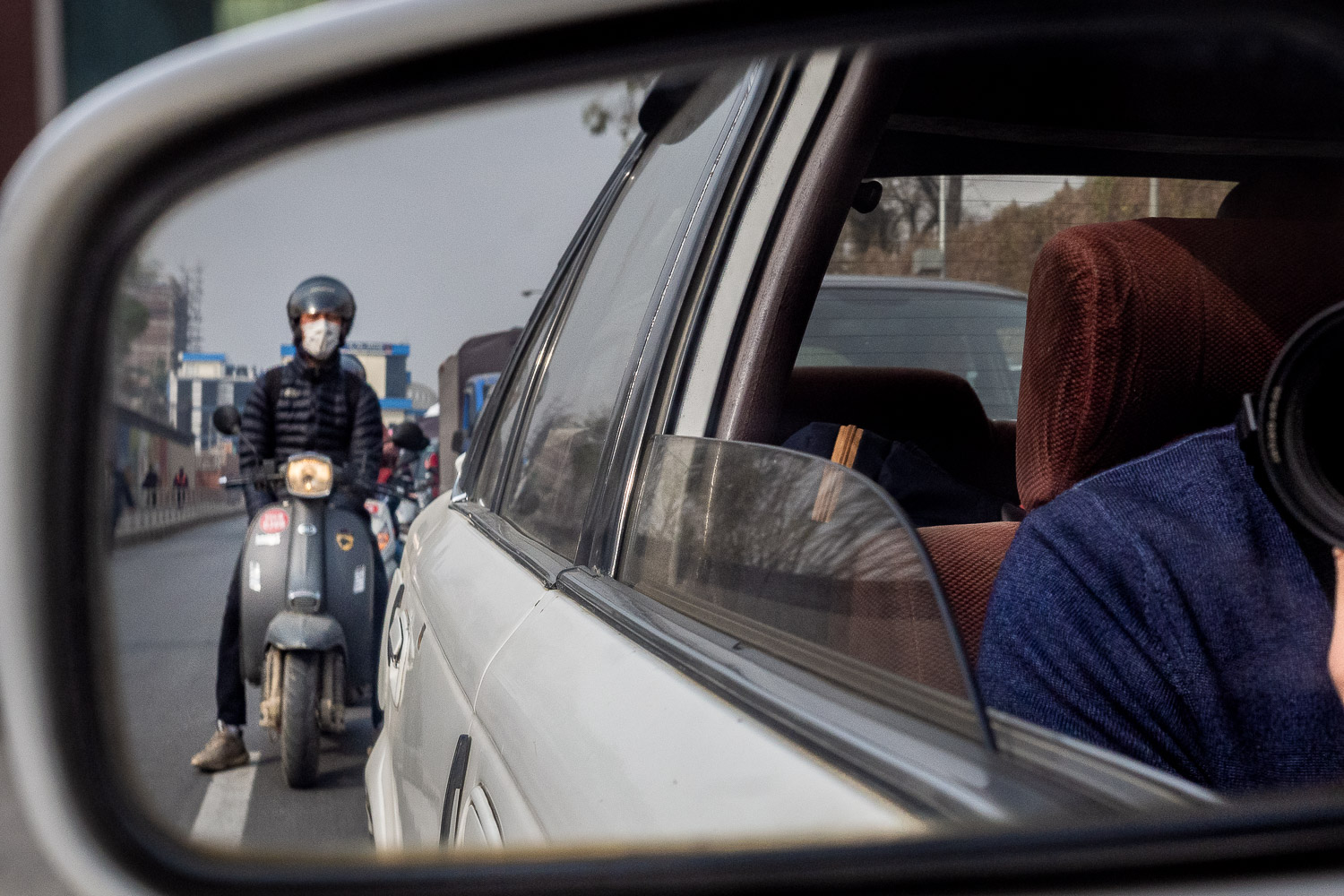
The traffic in Kathmandu is one of the most hectic in Asia. It’s a real show. Not a single traffic light in the entire city. Just an inferno of cars, motorbikes, minivans, bicycles, tuk-tuks, rickshaws, songthaews…you get the idea. The dust from the gravel road rose like smoke into the air as we zig-zagged our way through the narrow streets.
I closed the car window as people started to crowd around the car. What was going on? It was the Shivaratri festival, a Hindu tradition celebrated once a year with an introspective focus. That is, meditation, harmony and temple parties. And some marijuana smoking to judge from the sweet smell flowing into the car.
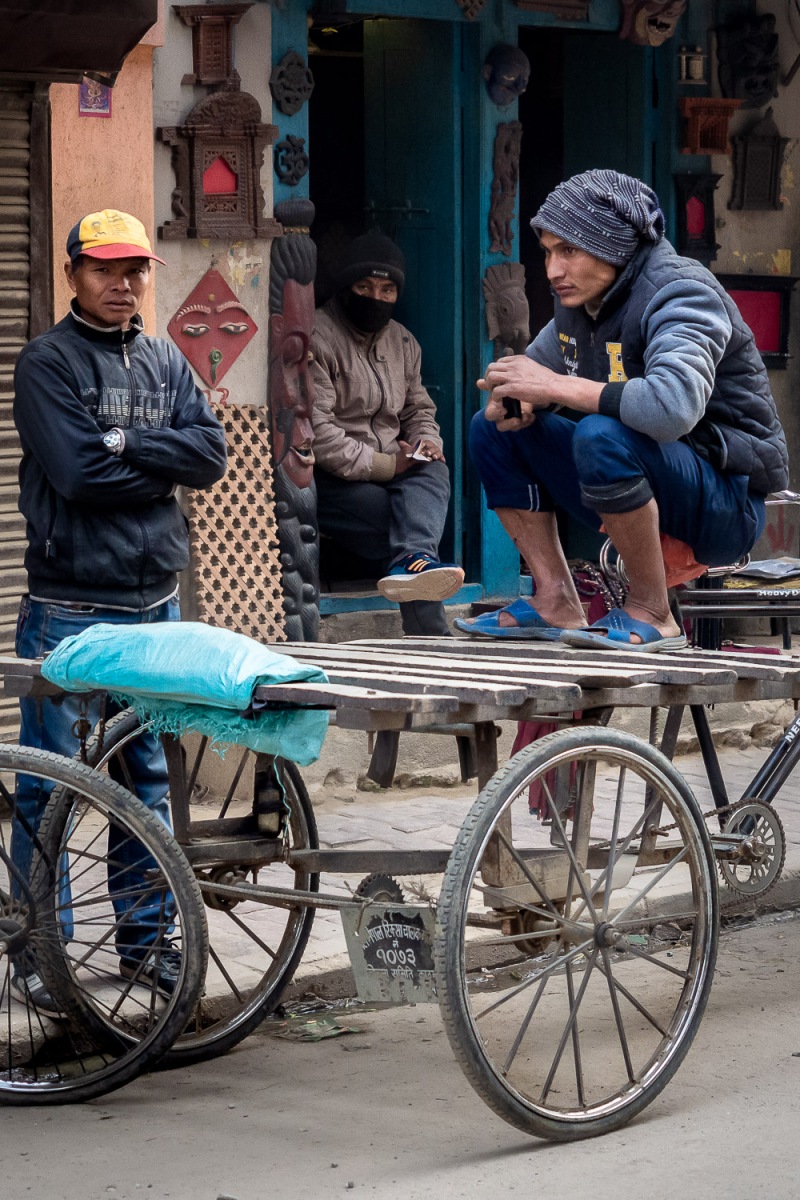
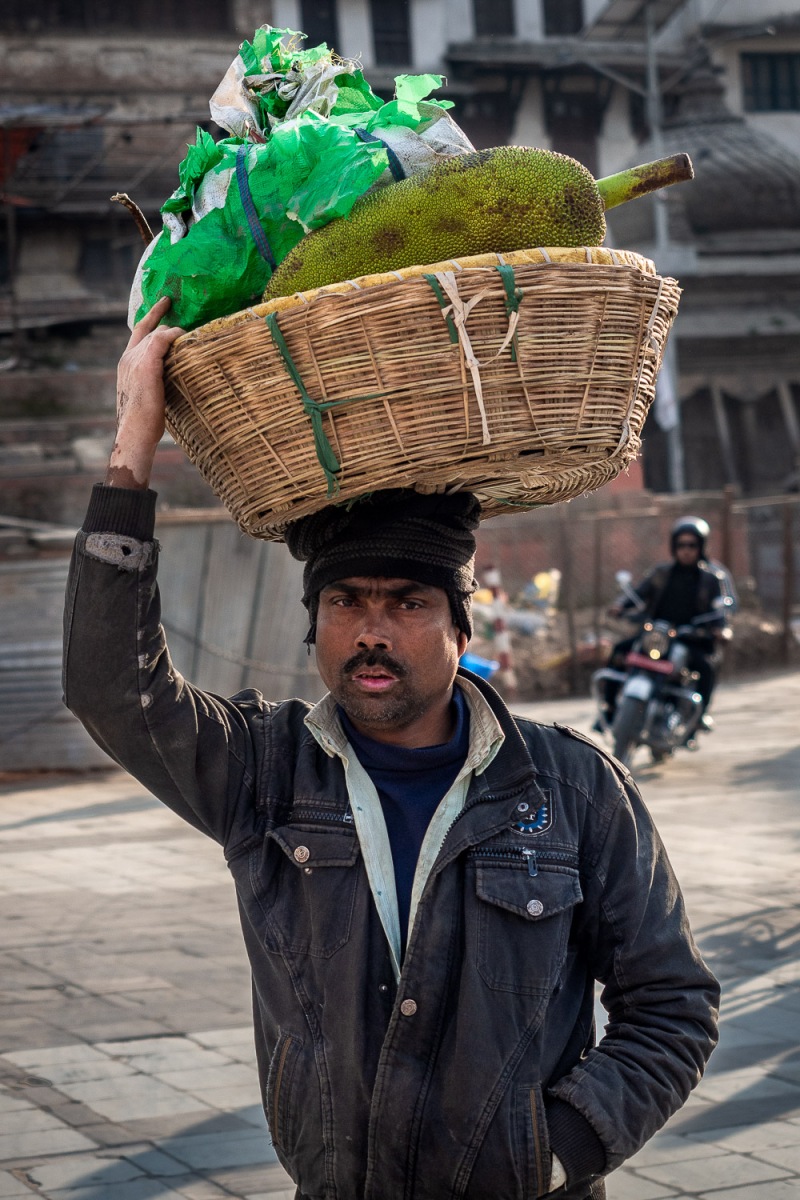
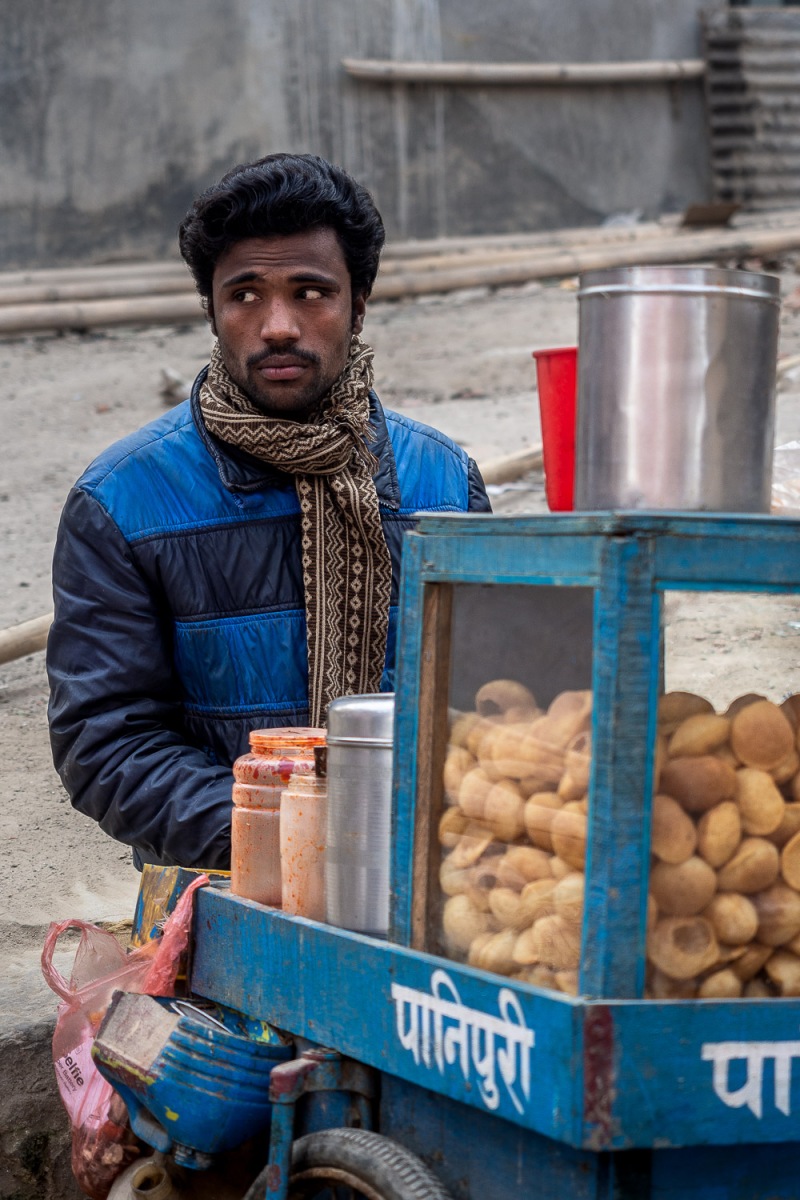
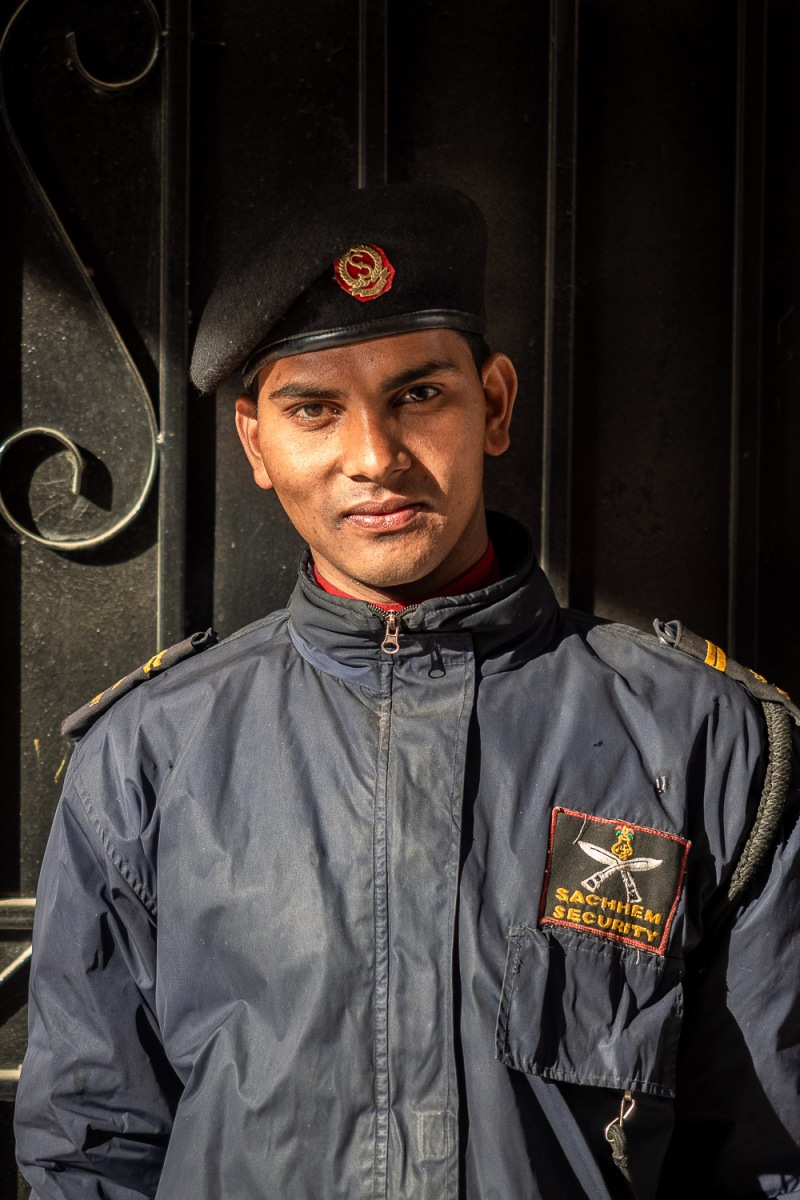
Kathmandu is poor. Very poor. In fact, Nepal is the poorest country in South Asia. It’s also hit by earthquakes on a regular basis, last time in 2015 when a lot of houses were destroyed. You can still see the trace of the disaster; stones and debris everywhere. But the city always revitalize. People work as small ants in the streets to rebuild their homes. As it once looked.
Nepal is about the Himalayas and the nature that surrounds it. But the pulse. The people. The culture, is found in the capital.
Exploring Kathmandu is overwhelming. You never know what to find behind the next corner. And you get surprised every time you stick your head into one of the many artisan shops. A myriad of street vendors sell you everything from rusty sewing machines to pink lotus flowers. You’ll get personal with people without even trying. And the street fashion is a mix of traditional indian clothing and a Brunello Cucinelli fall-winter collection.
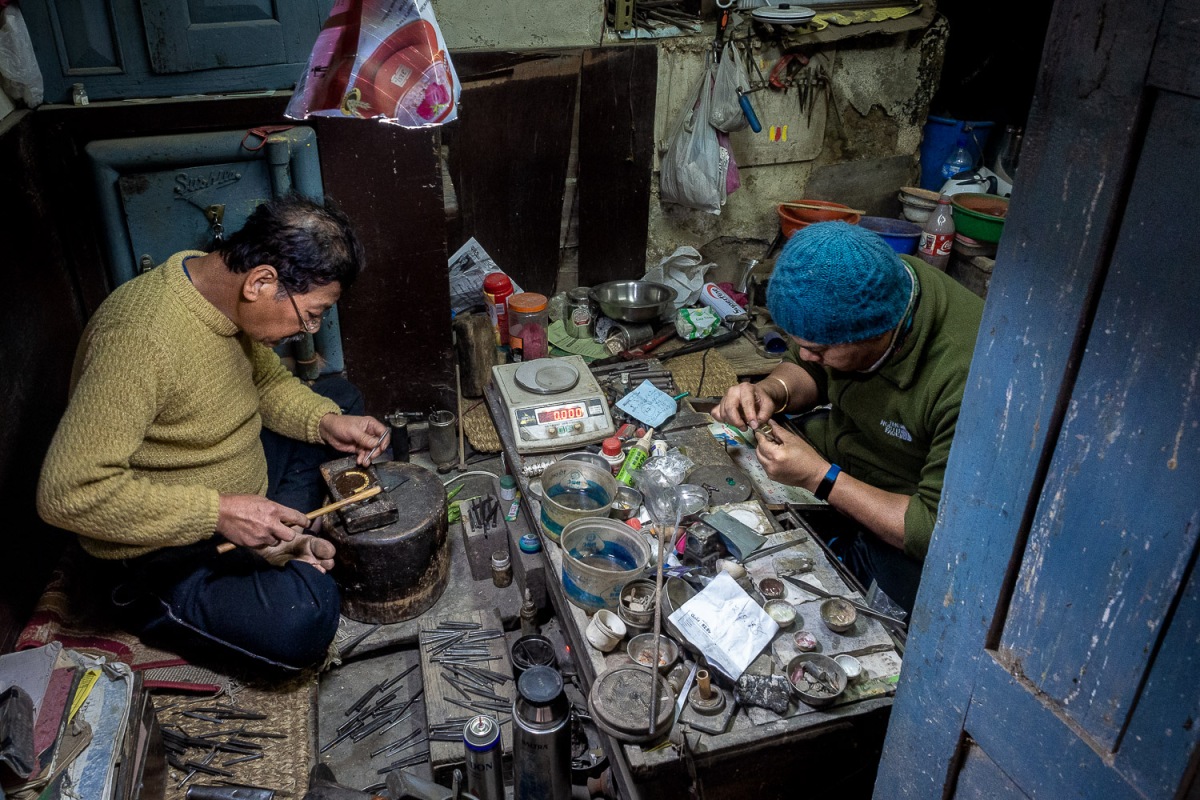
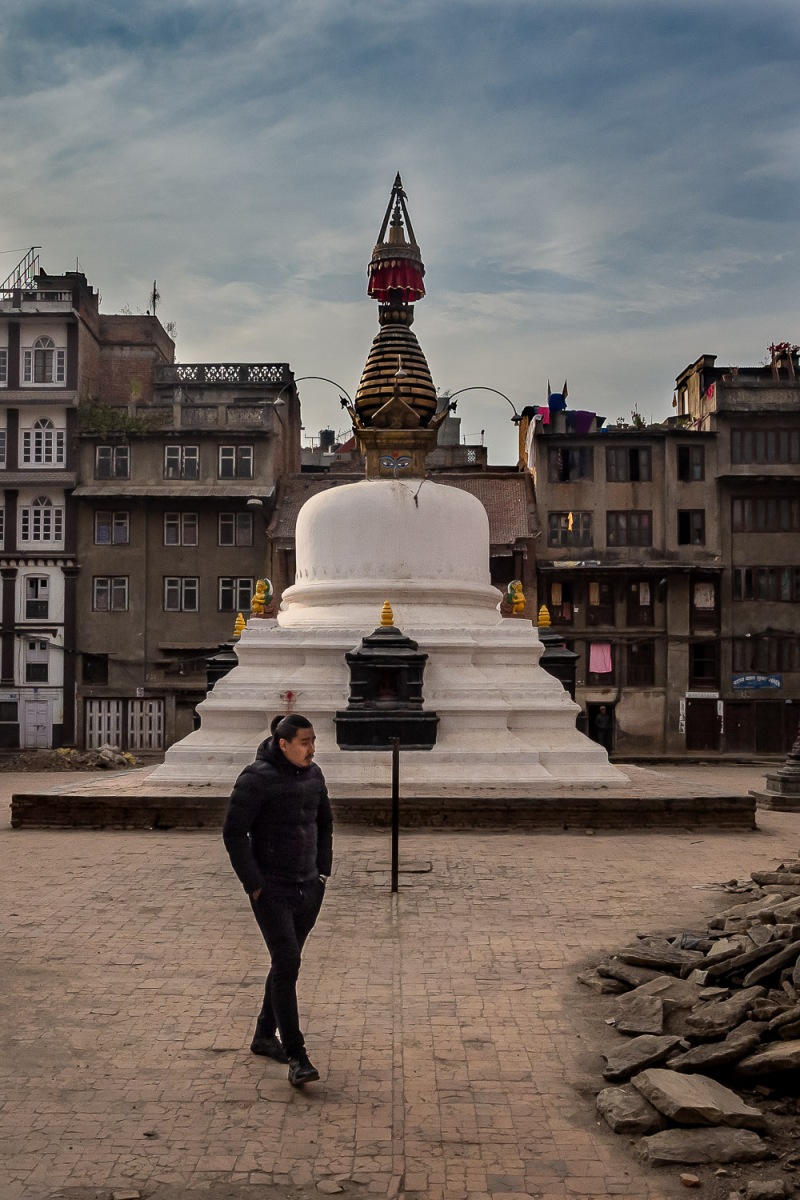
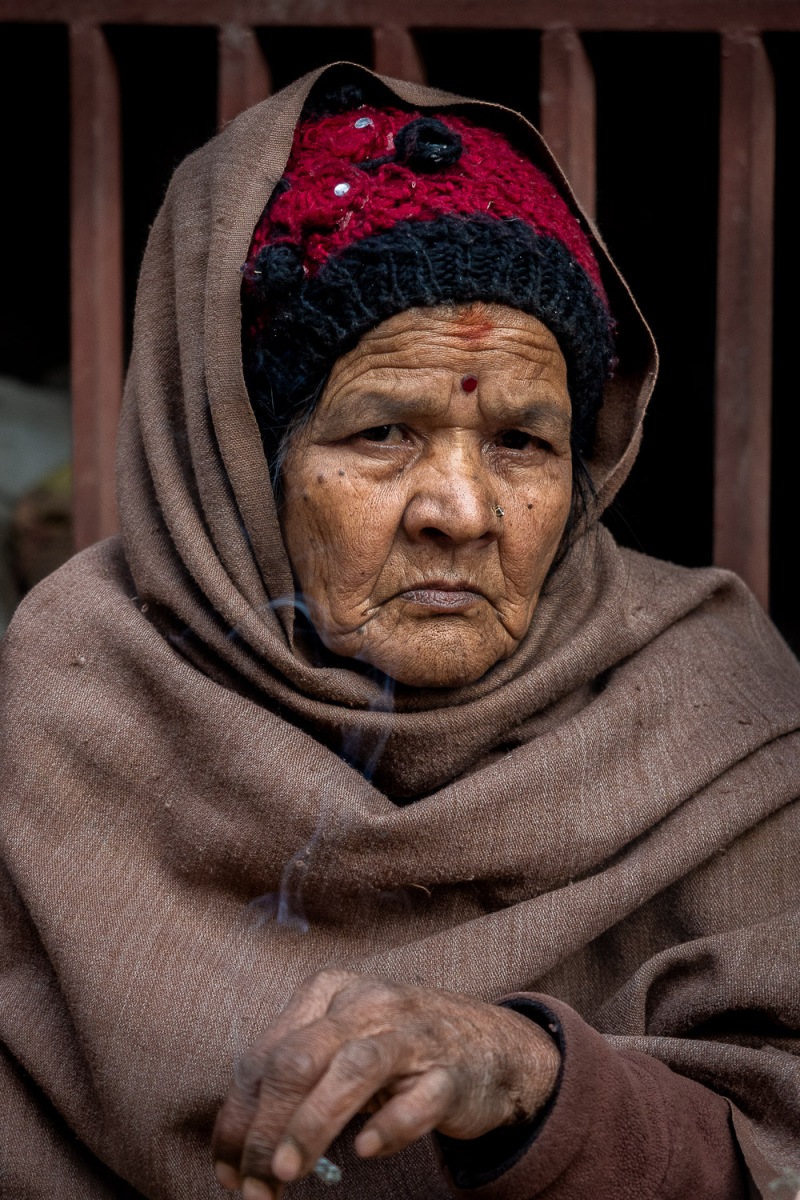
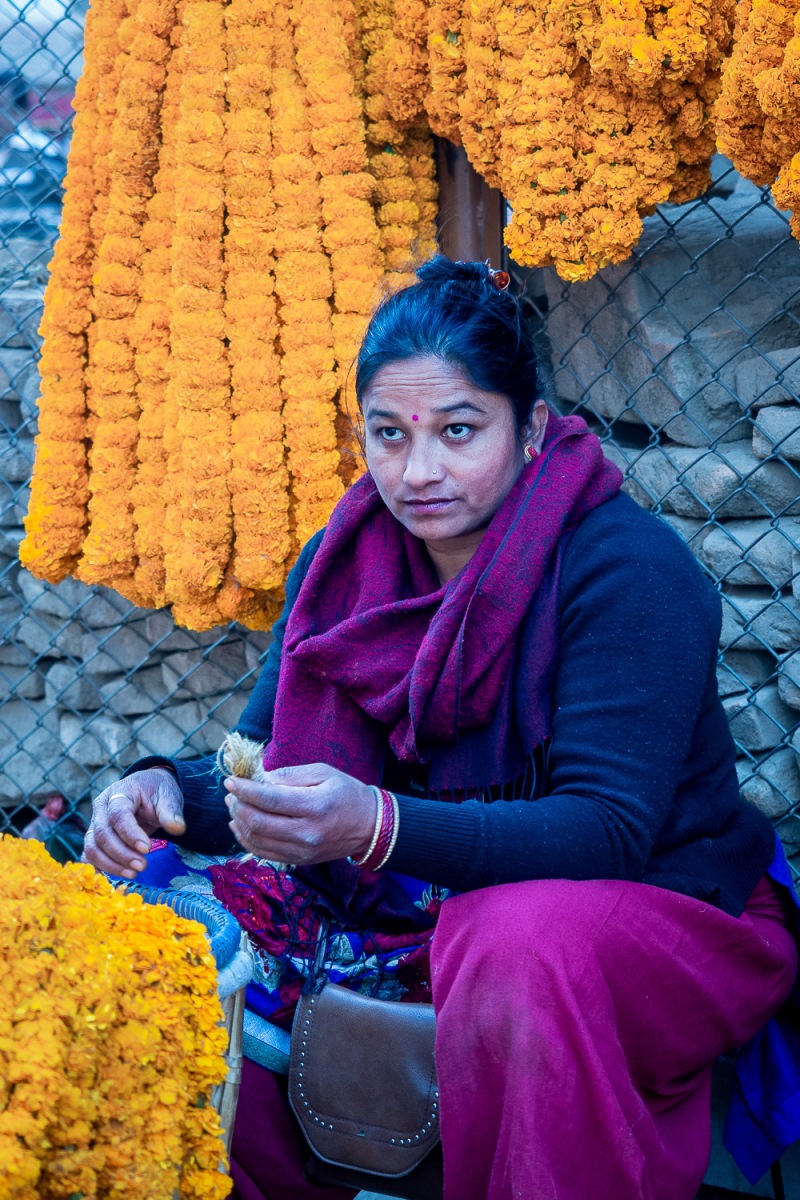
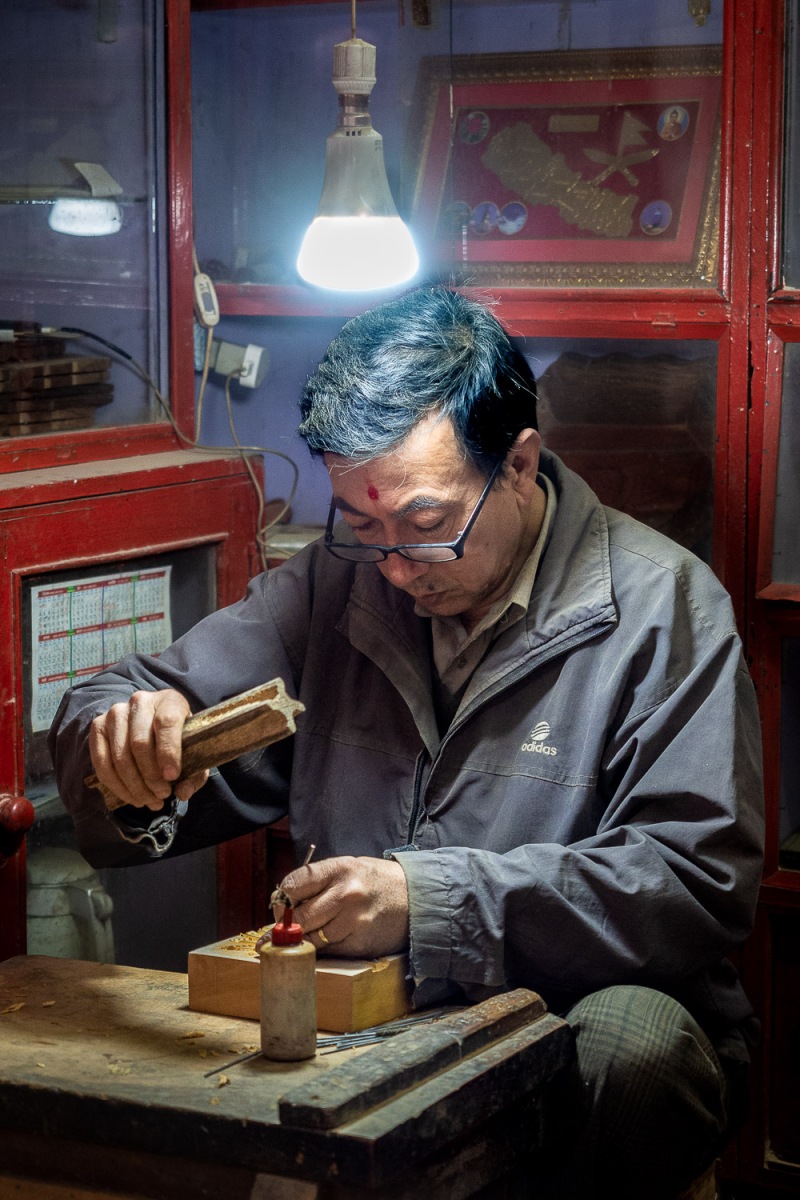
Durbar Square is the cultural heart of Kathmandu and as close to a “downtown” area you can get. “Durbar”, meaning palace, was the place were kings were crowned. Today, it’s the meeting place for young locals and Himalaya trekkers who want a slice of the UNESCO world heritage sites of Nepal before they head to the mountains. But the most spectacular site in Kathmandu is found somewhere else.
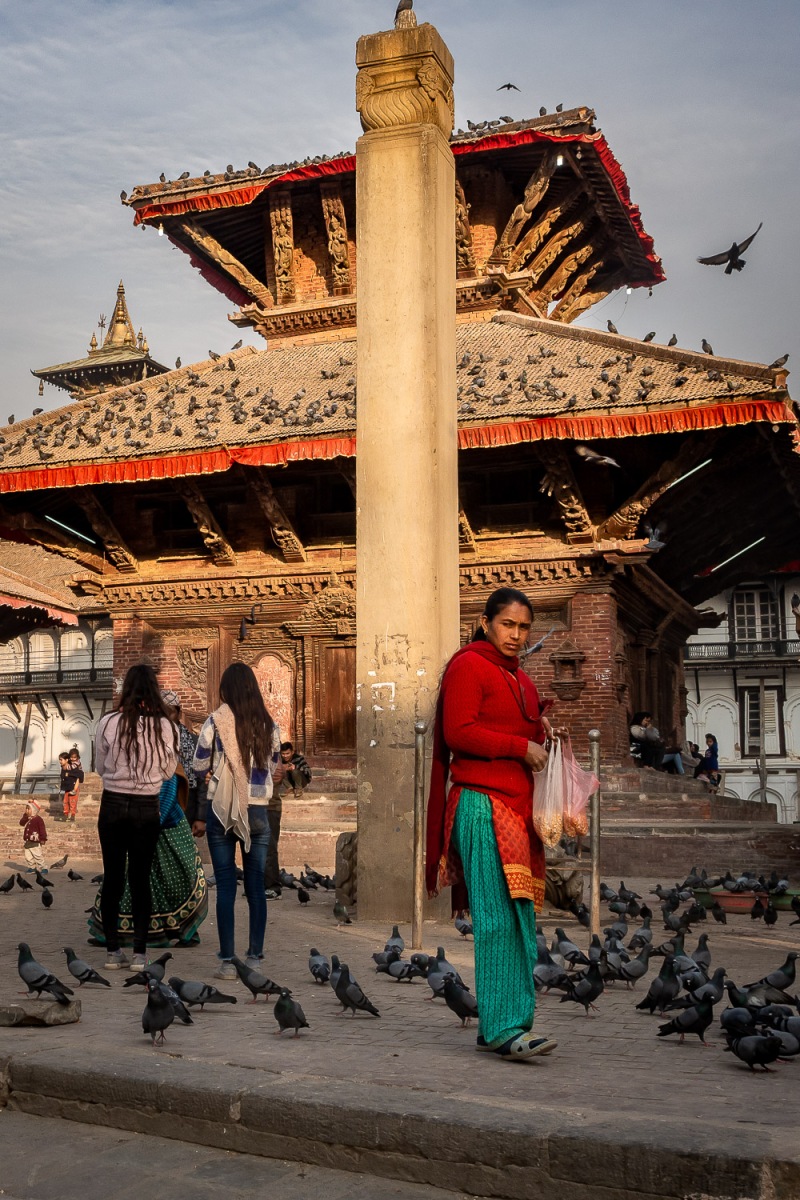
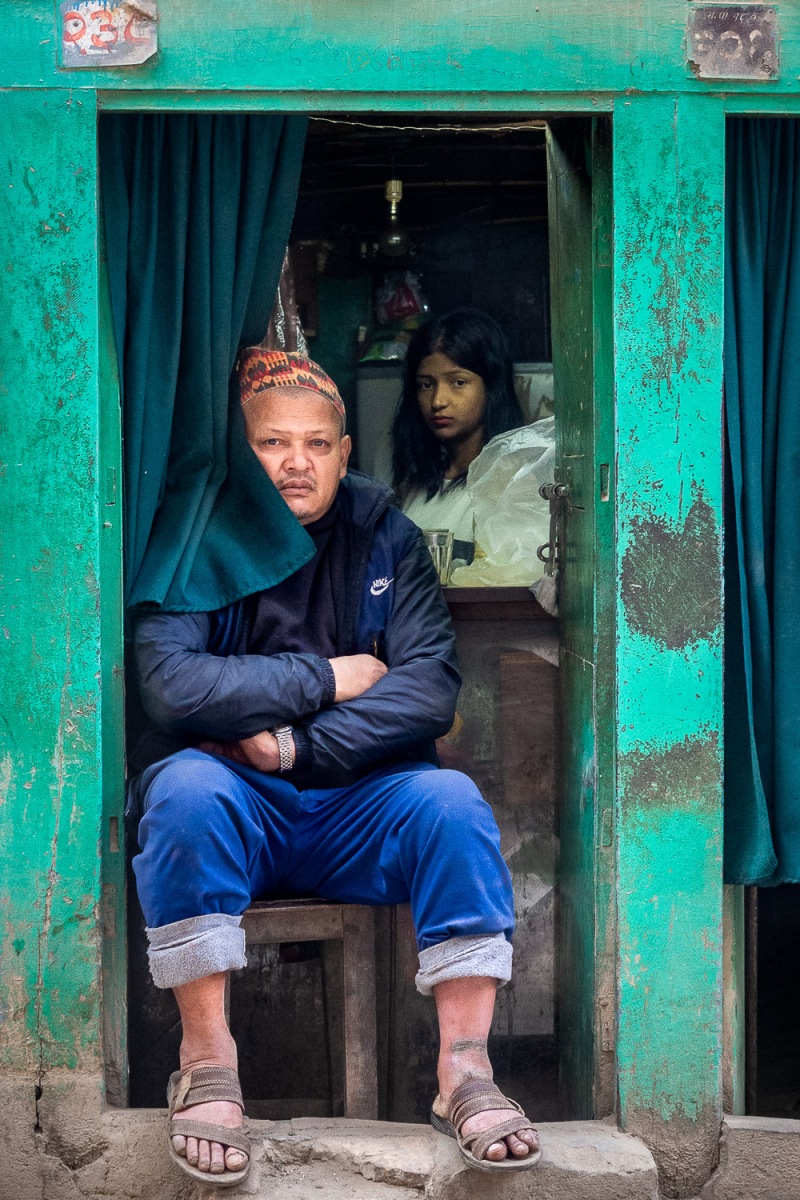
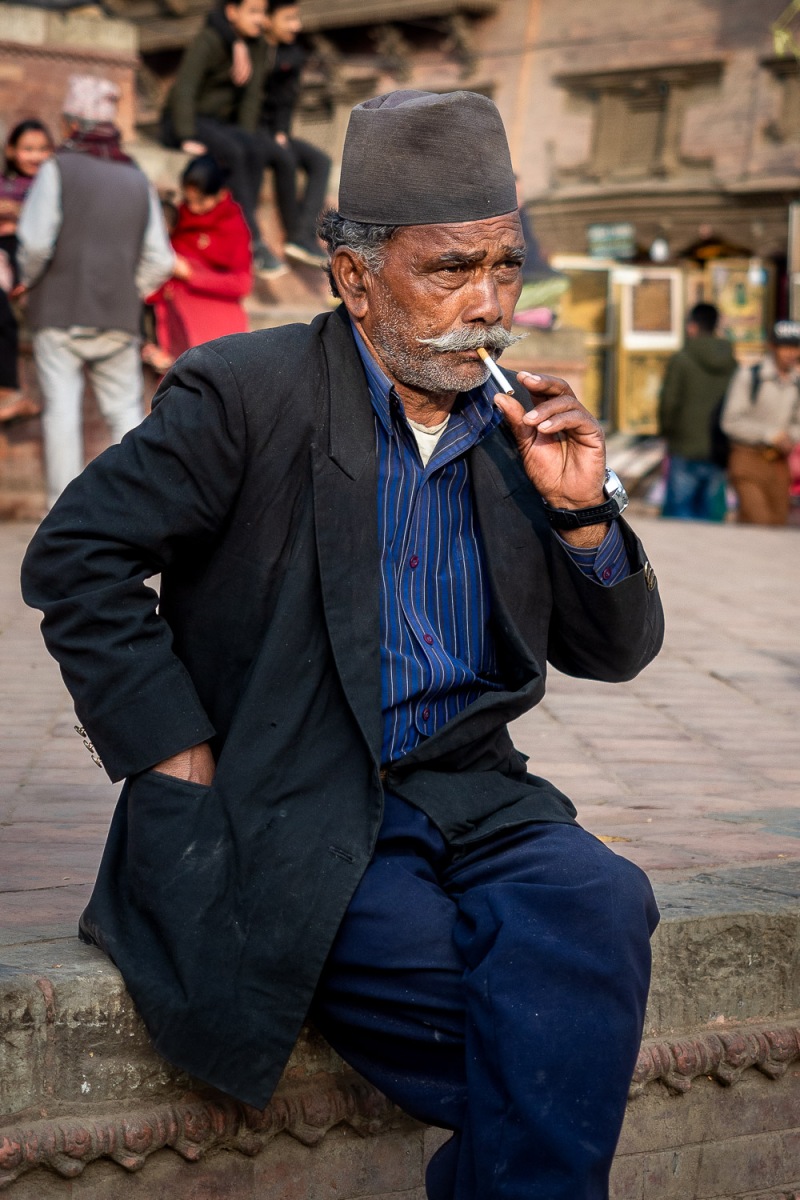
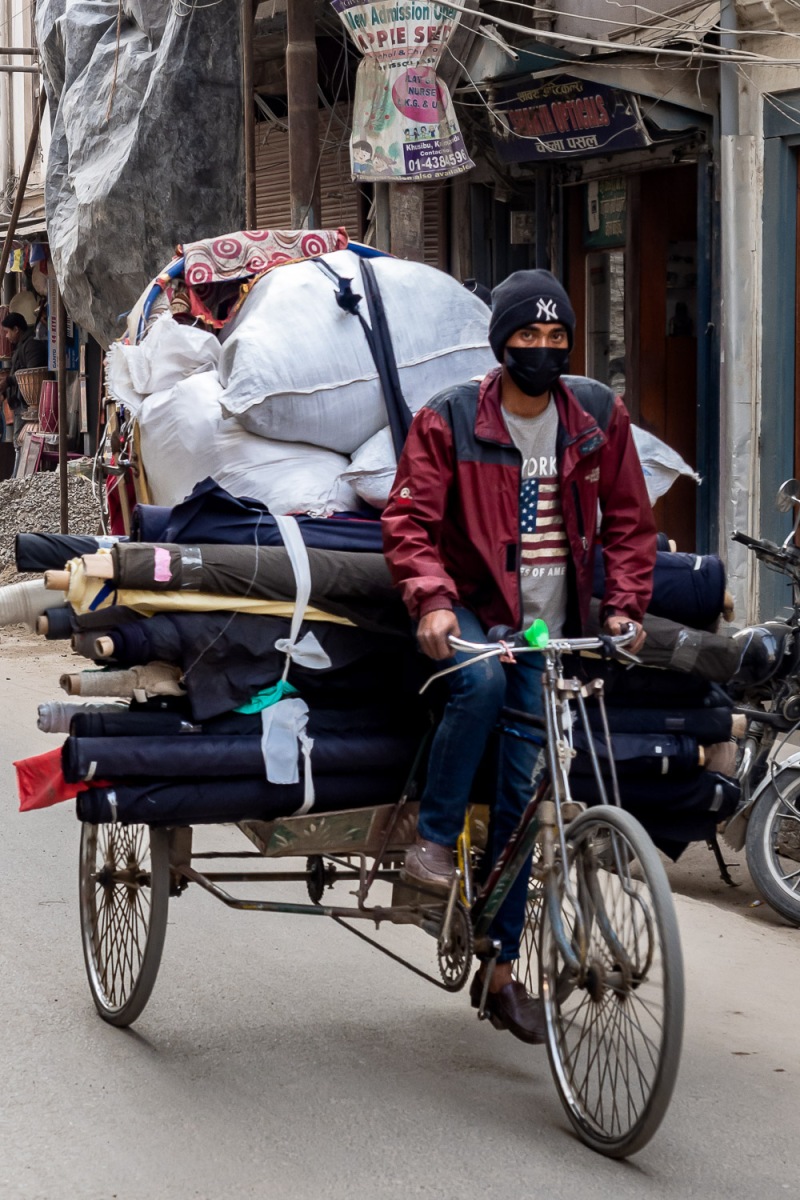
The Boudhanath Stupa is situated north of the airport and about thirty minutes by car from Durbar Square. We arrived just before dusk. The monks were in trance. They walked around and around the sacred place. Strange words came out their mouths. The Tibetan prayer flags waved in the wind and a fresh wind swept in from the mountains. The eyes of the Boudhanath followed every step we took. I looked at it and smiled. My journey was complete.
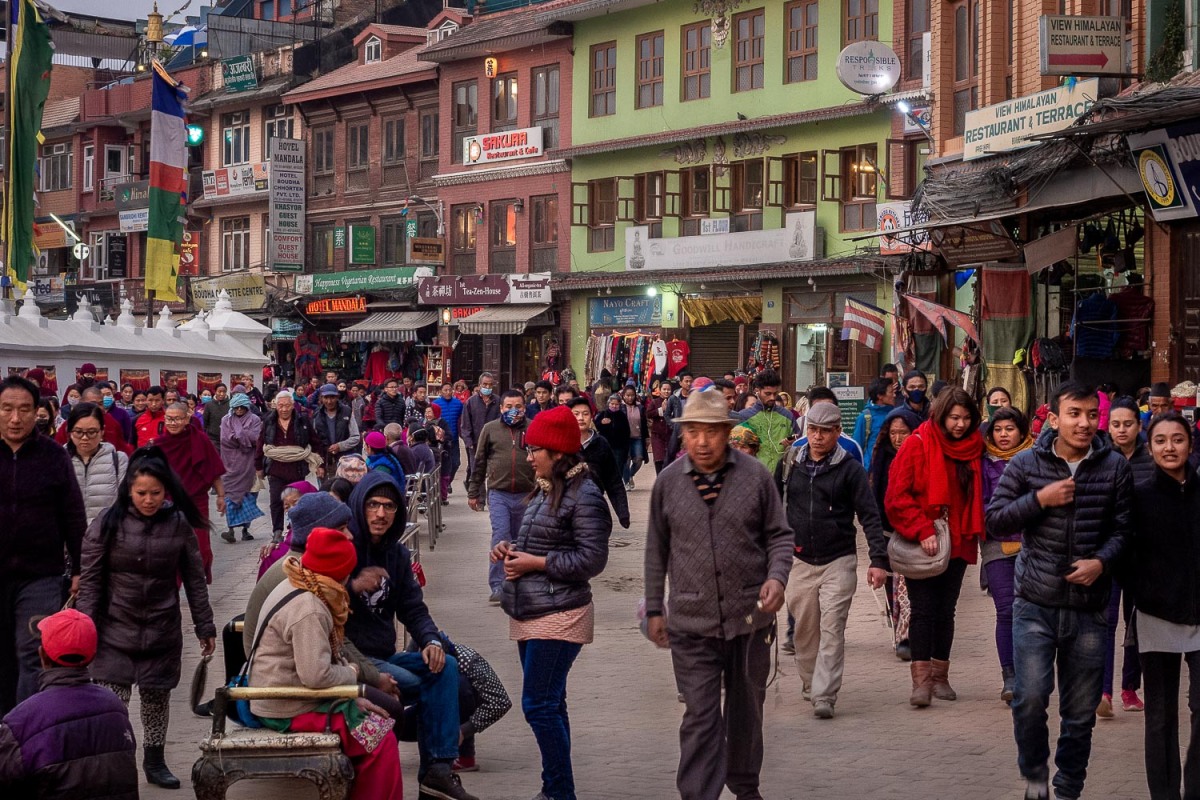
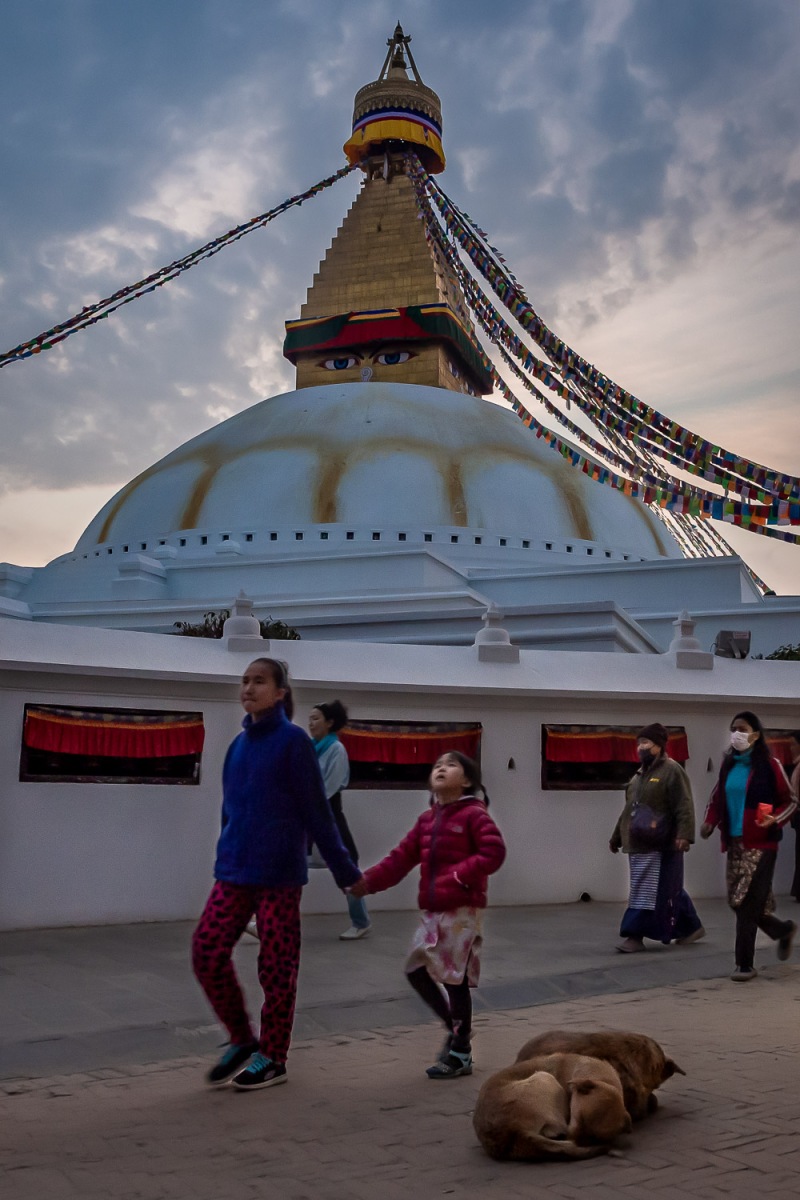
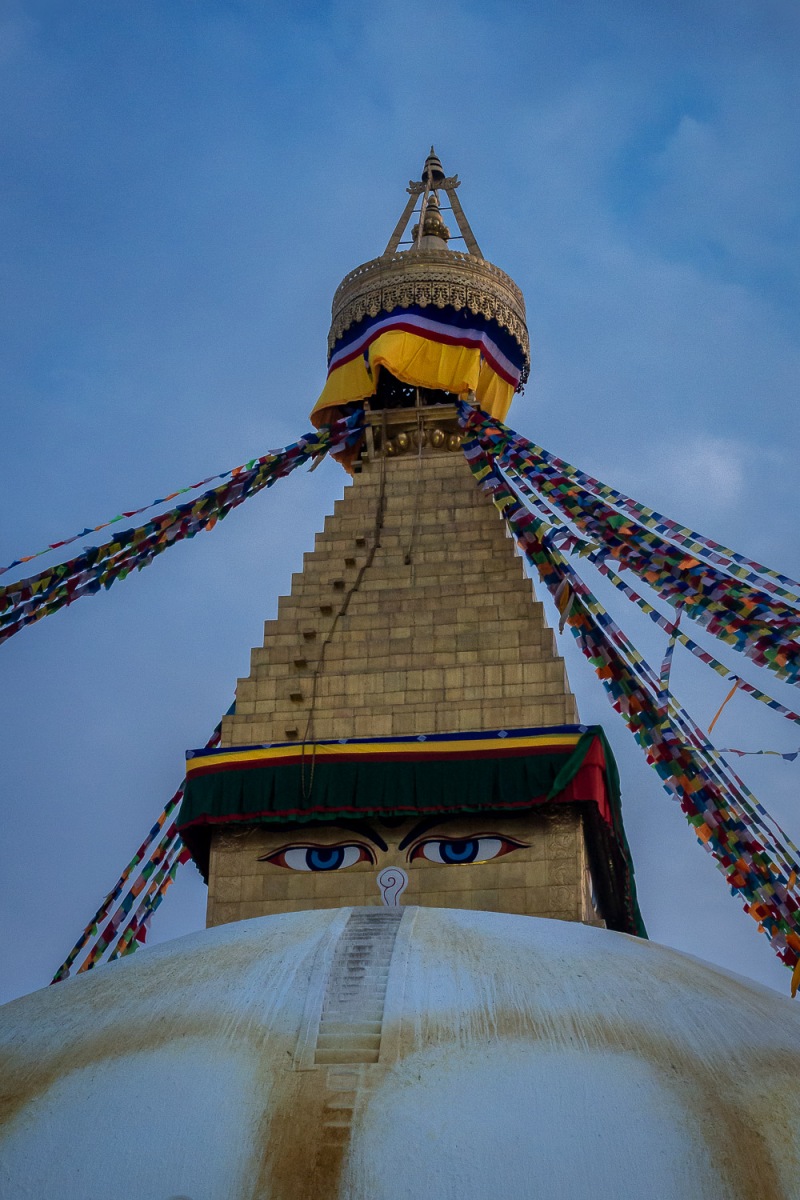
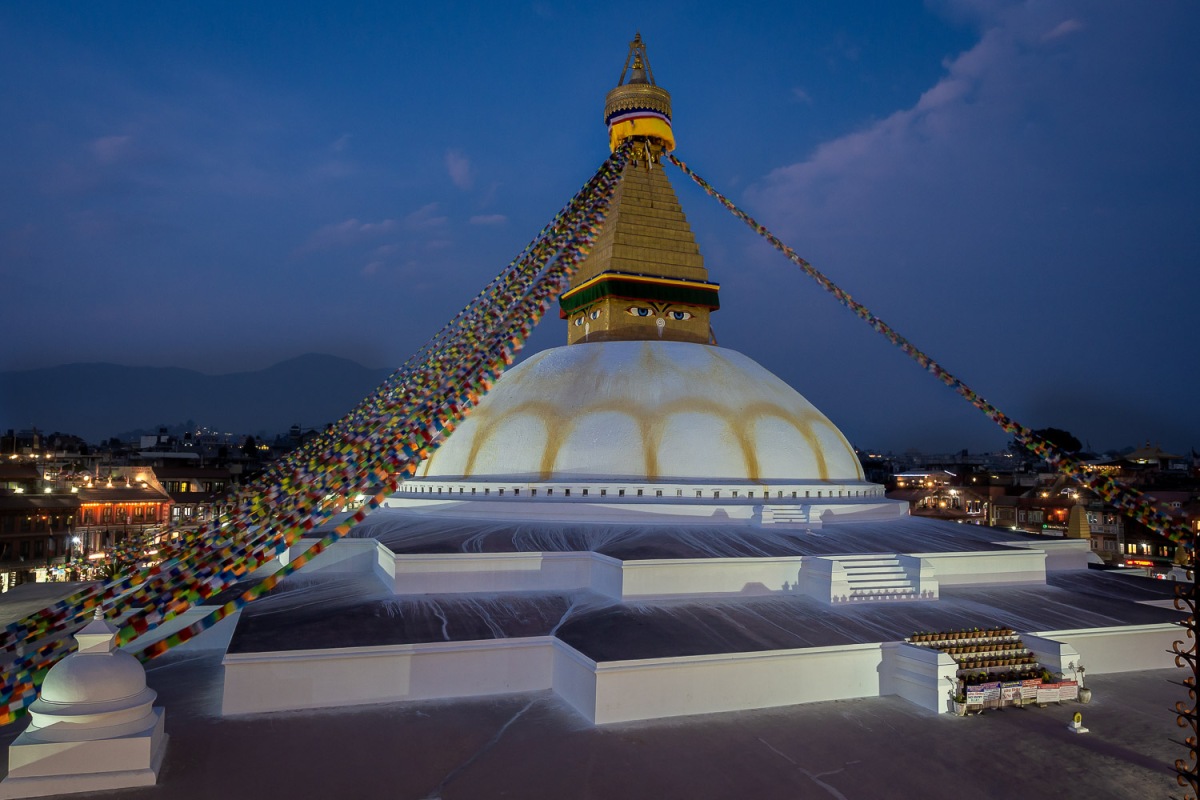
Written by Erik Ekberger. Photography: Erik Ekberger
Copyright © 2017-2024. Travelgrapher® is a registered trademark. All rights reserved.
Travelgrapher.com supports a democratic, gender-equal, peaceful and inclusive society where equitable health, human rights and the rule of law are respected and people’s vulnerability to crises and disasters is reduced.
